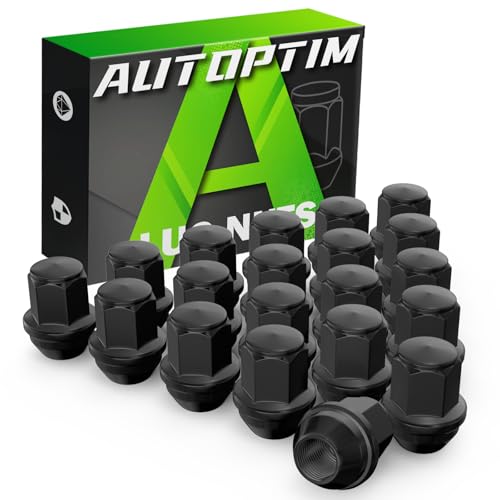Cribbs74
Well-known member
- Joined
- Apr 1, 2021
- Messages
- 120
- Reaction score
- 39
I hope I can encapsulate everything that is going on. (Autolite 4100) First start of the car and it ran and idled. Then it revved up and kept running then started shaking then shut down. Hard to restart, but when it does it does the same thing. Super rich
Removed carb, found that primary and secondary venturi’s were swapped, fixed that, reinstalled same thing all over again. I can’t get it running long enough to check timing adjust mixture or check vacuum leaks.
I have blocked off all vacuum and no love. Fuel is soaking the base gaskets so it’s flooding. Had a leak from the power valve, fixed that by doubling the gasket (two in kit) used one the first go around.
I have had the carb off and torn down close to 10 times now. check balls are in the right place, float level is triple checked, needles seated and pass blow test.
I am really at a loss here guys.
Ron
Removed carb, found that primary and secondary venturi’s were swapped, fixed that, reinstalled same thing all over again. I can’t get it running long enough to check timing adjust mixture or check vacuum leaks.
I have blocked off all vacuum and no love. Fuel is soaking the base gaskets so it’s flooding. Had a leak from the power valve, fixed that by doubling the gasket (two in kit) used one the first go around.
I have had the carb off and torn down close to 10 times now. check balls are in the right place, float level is triple checked, needles seated and pass blow test.
I am really at a loss here guys.
Ron















































